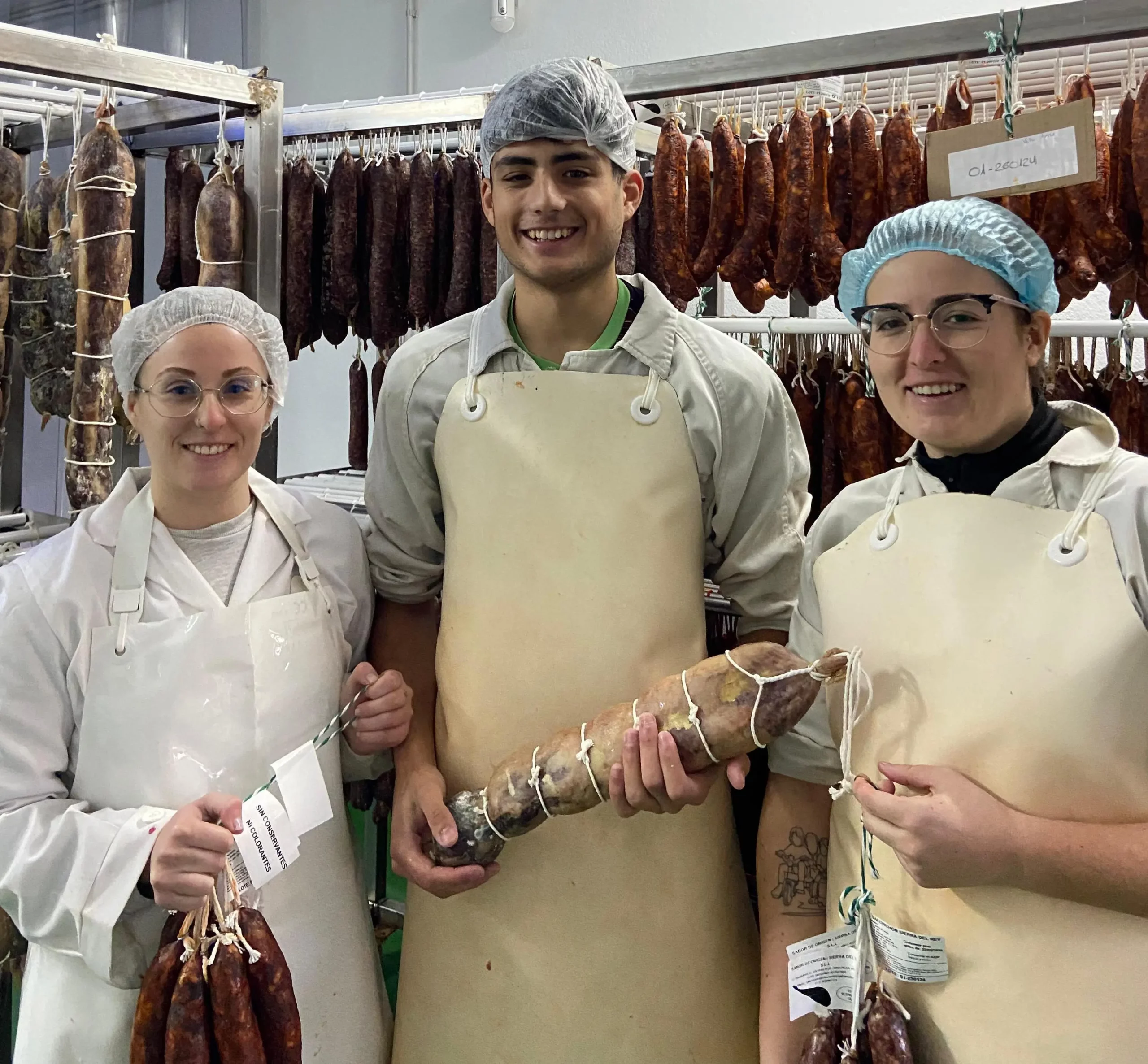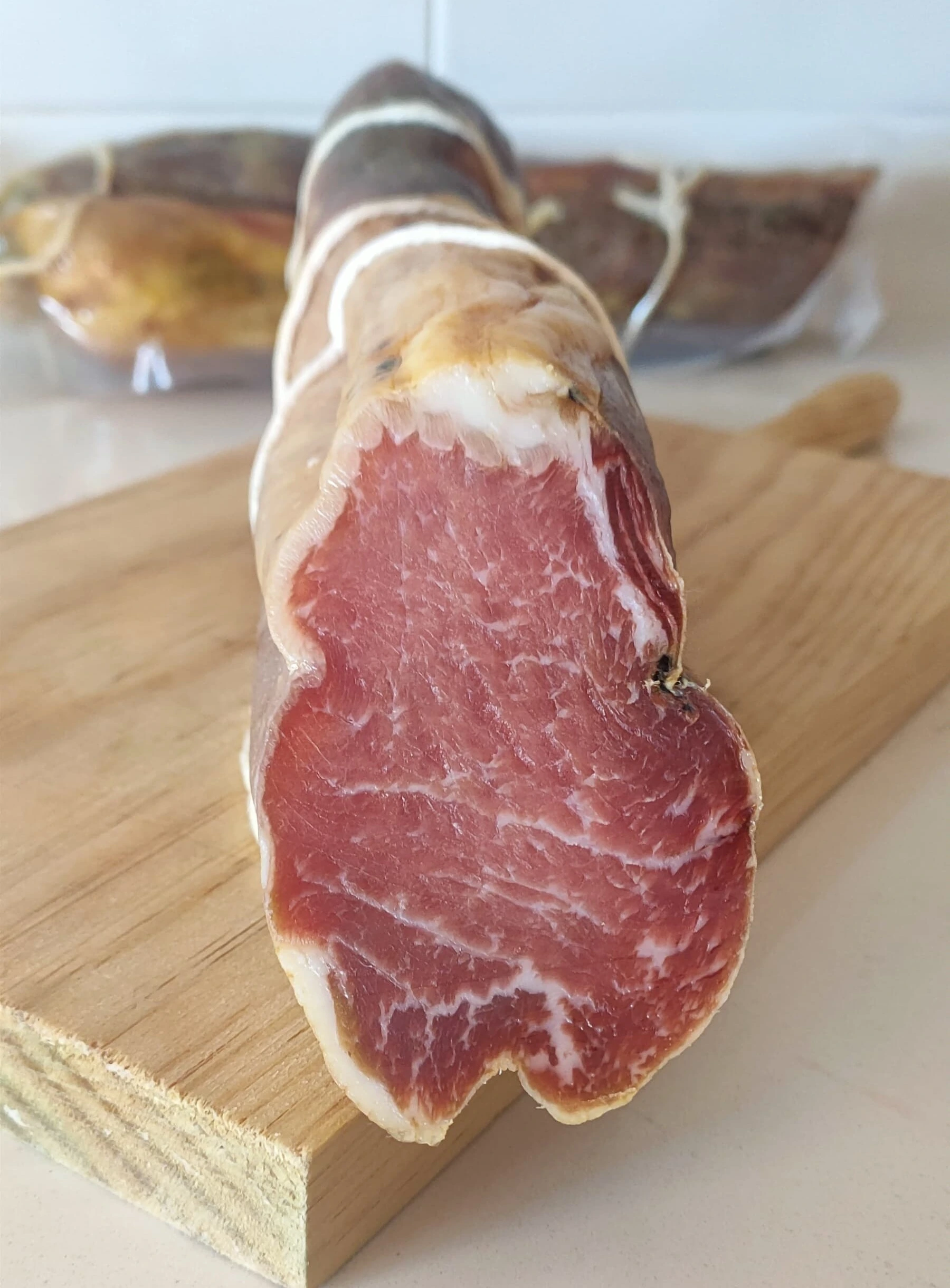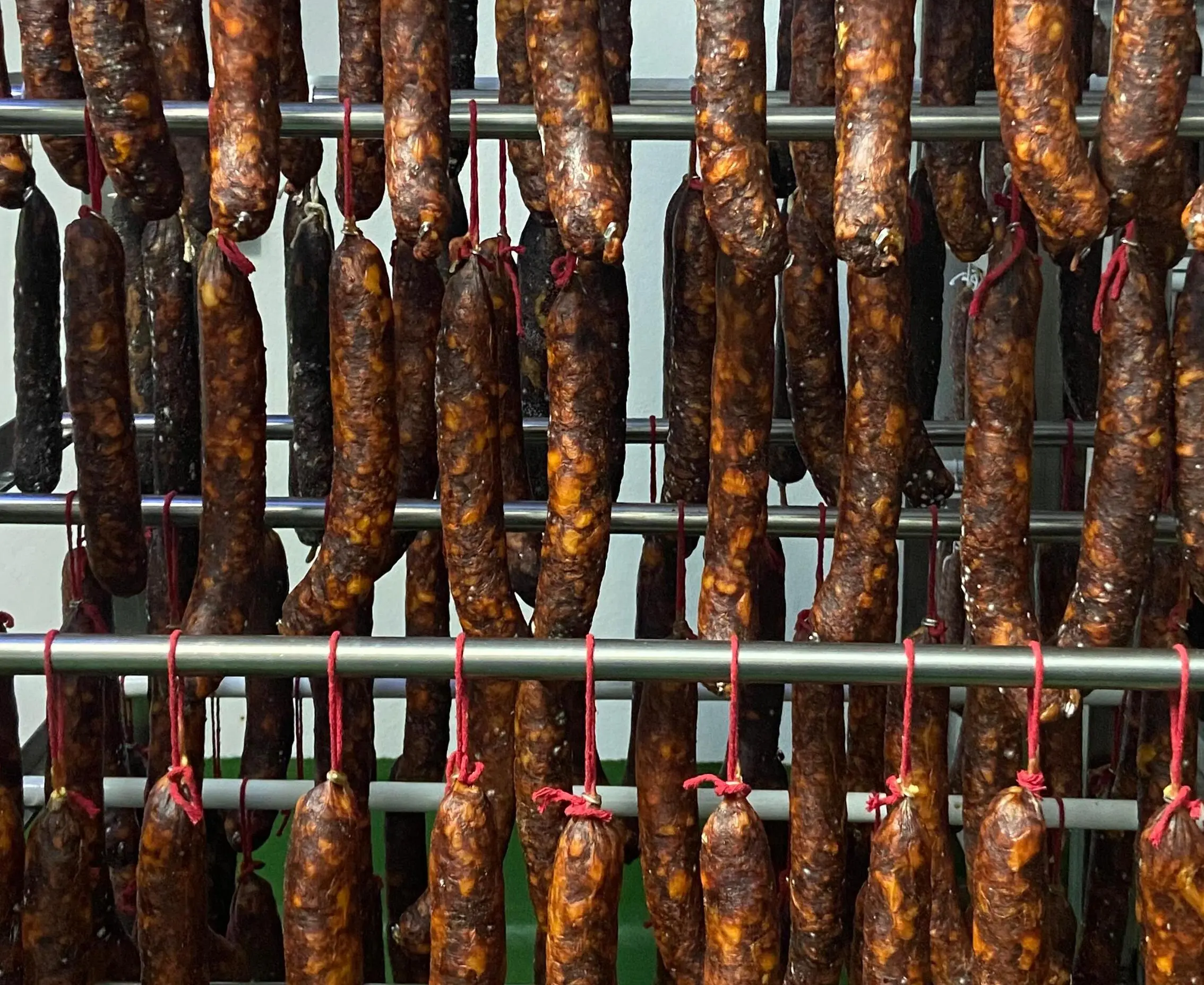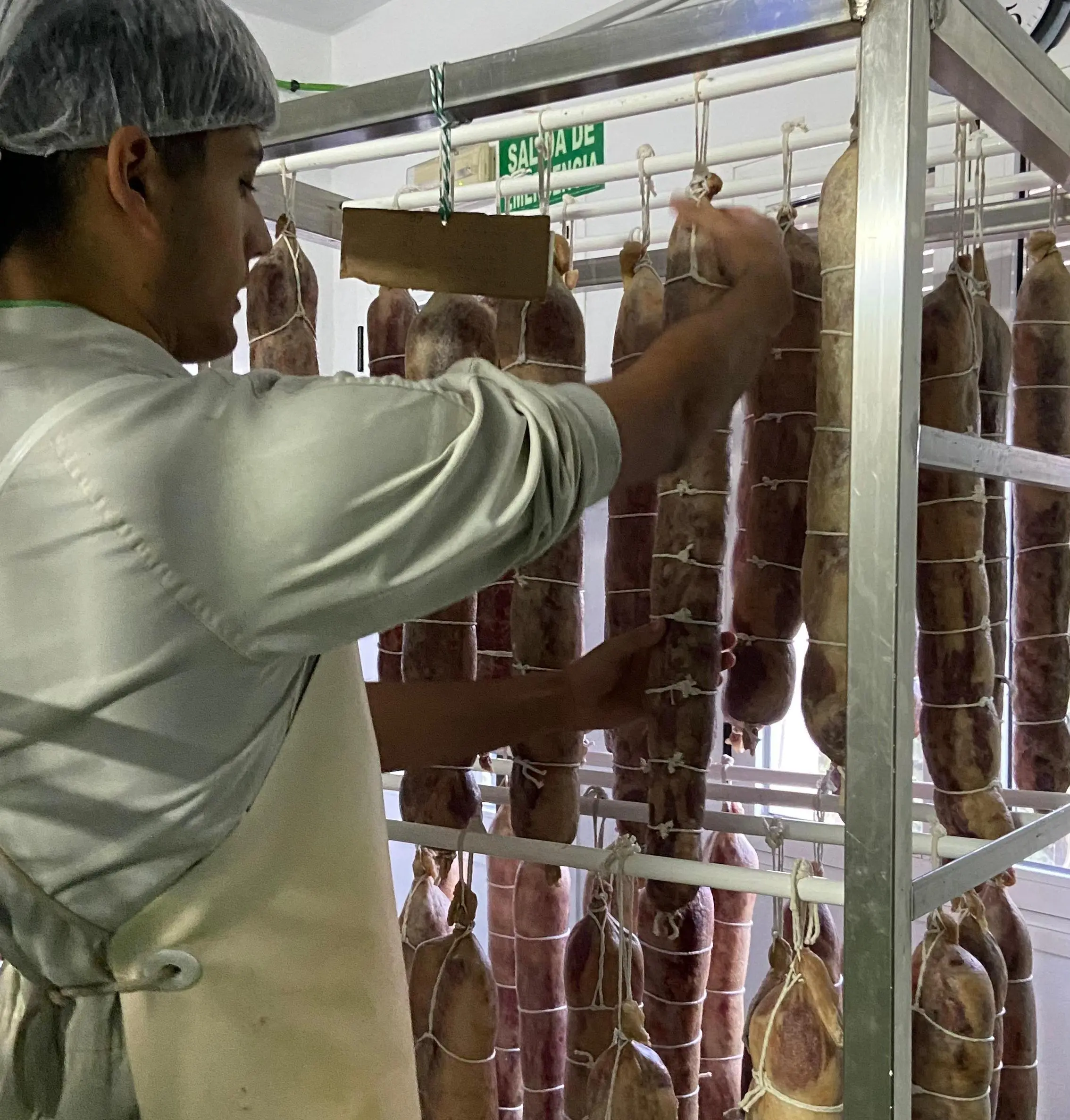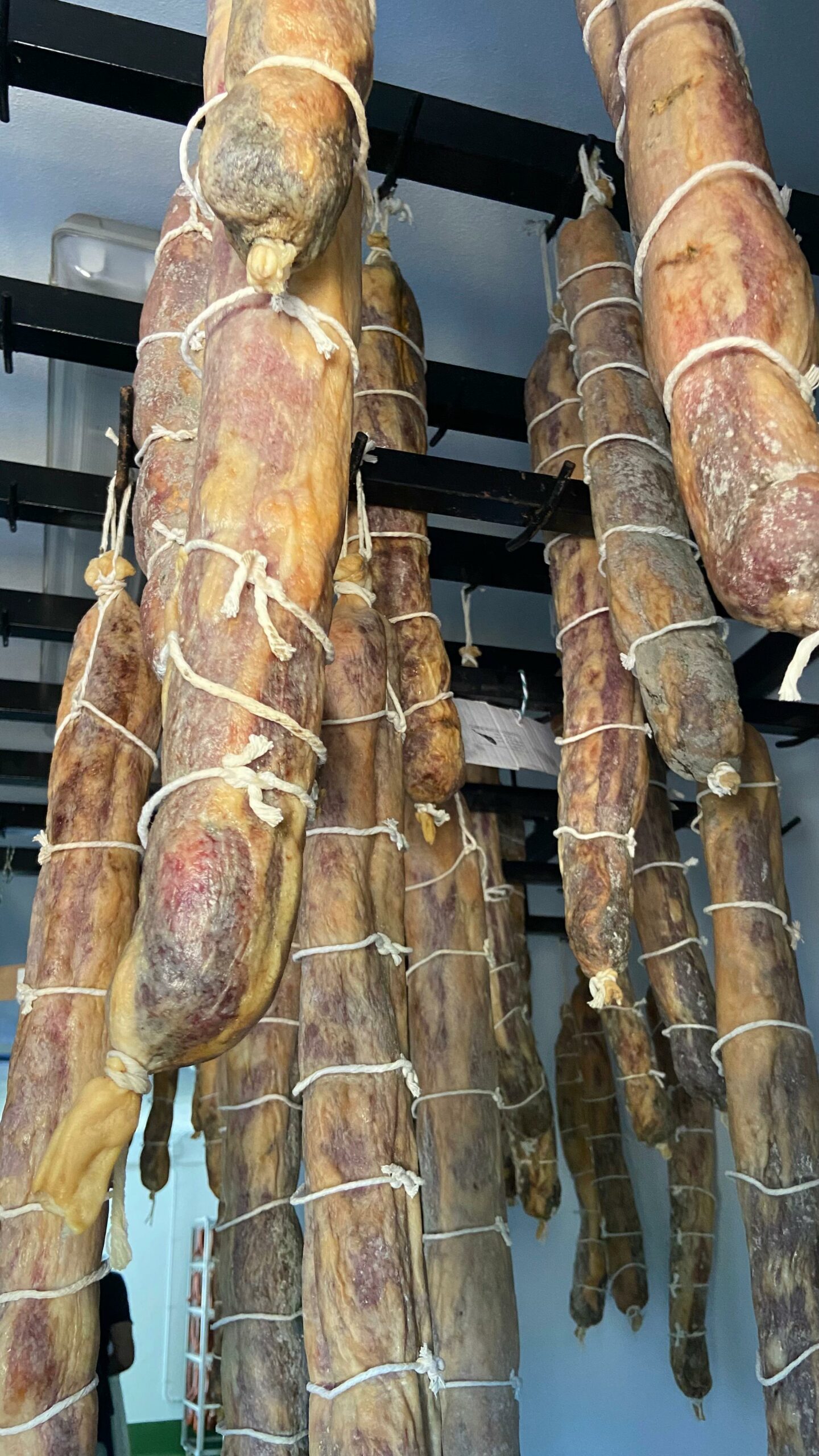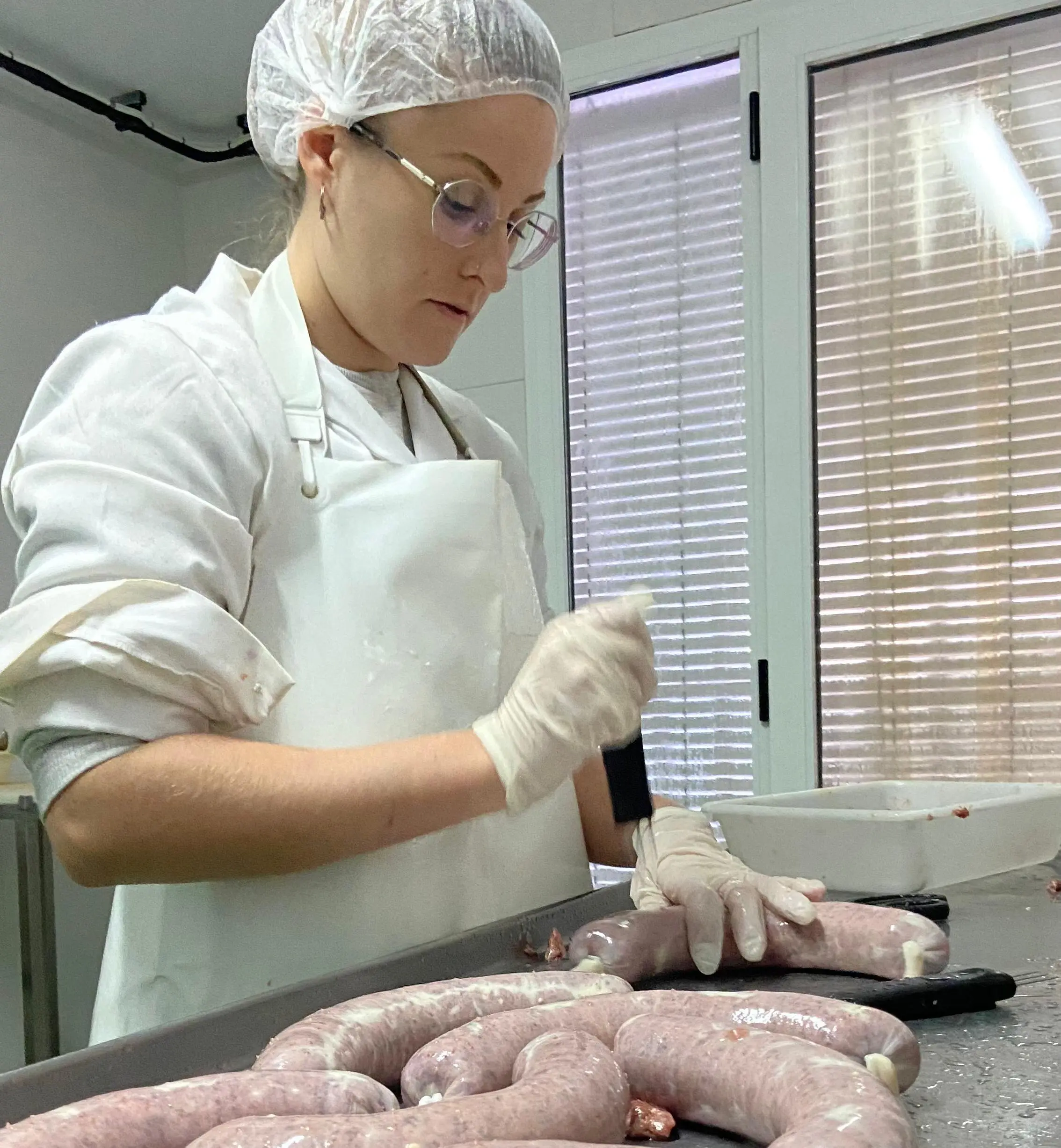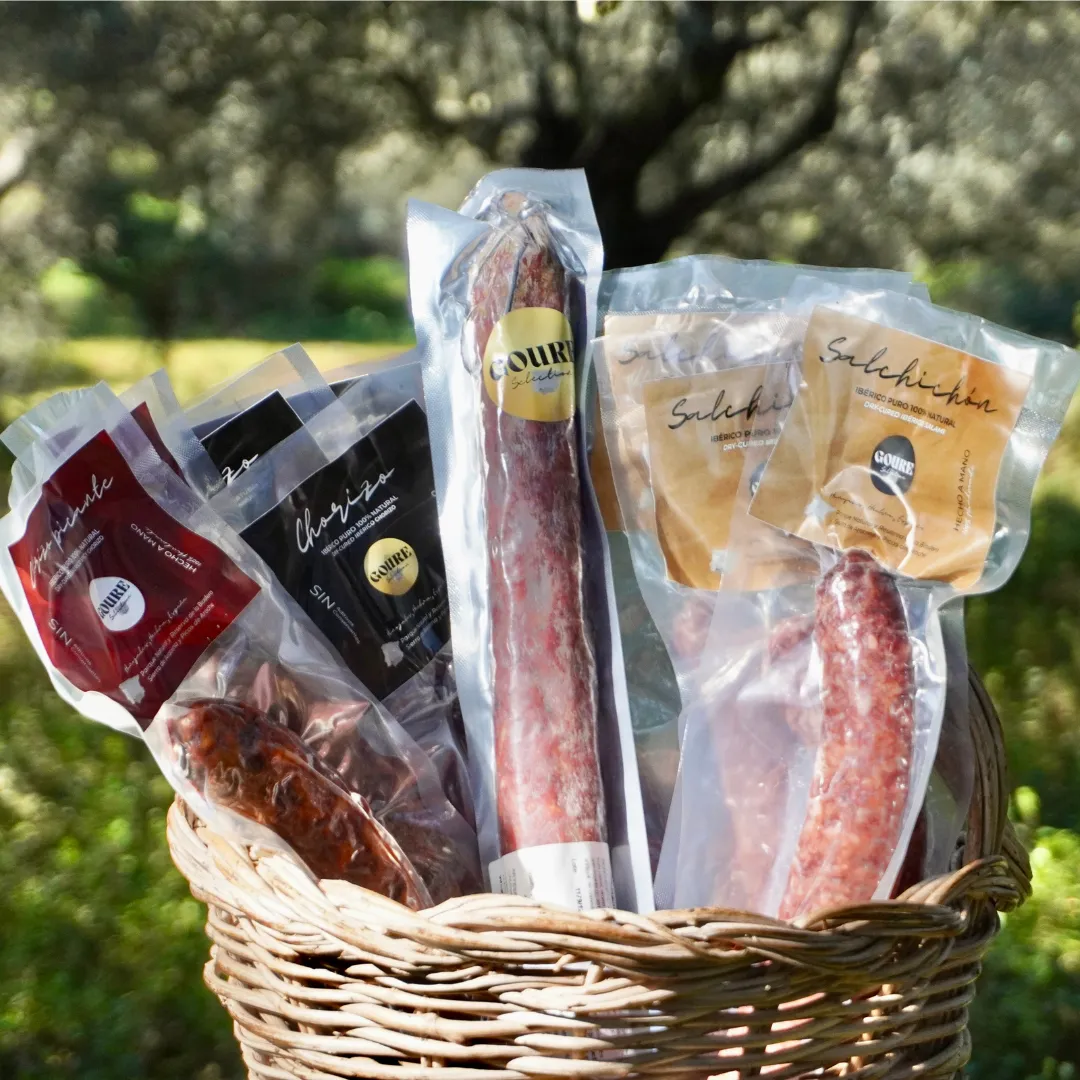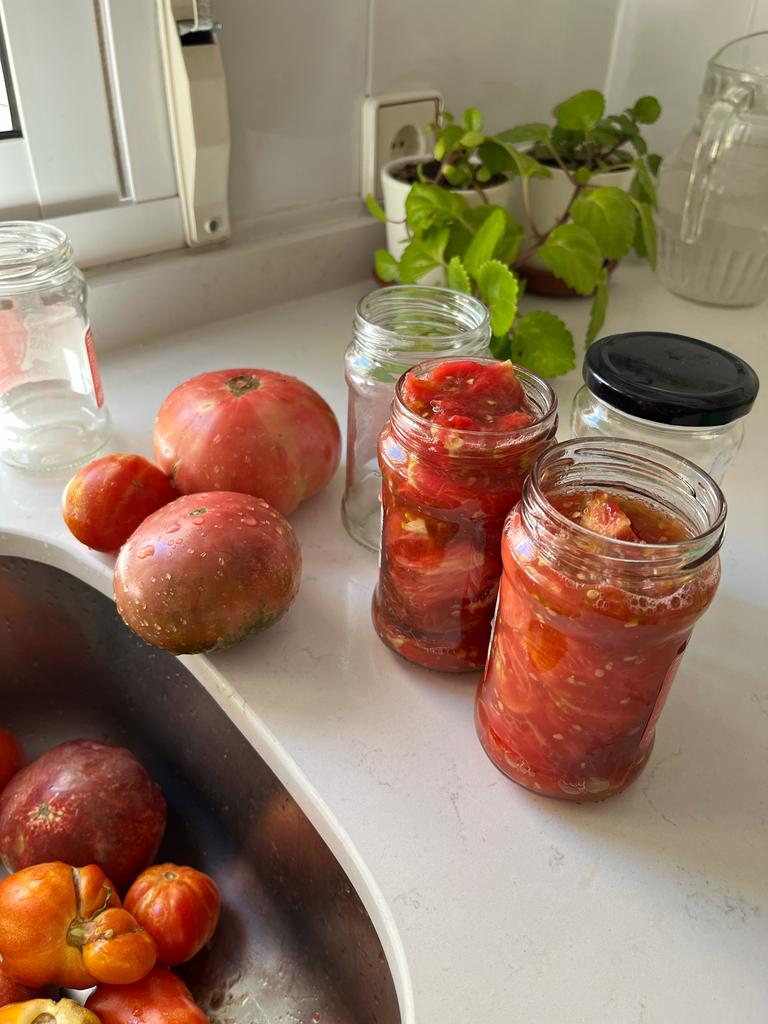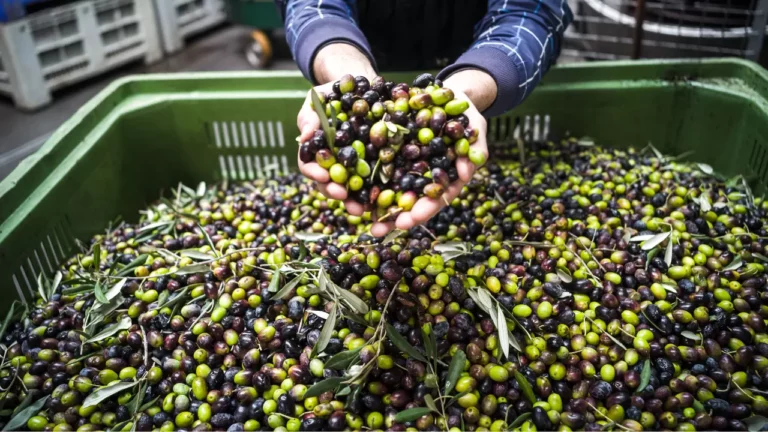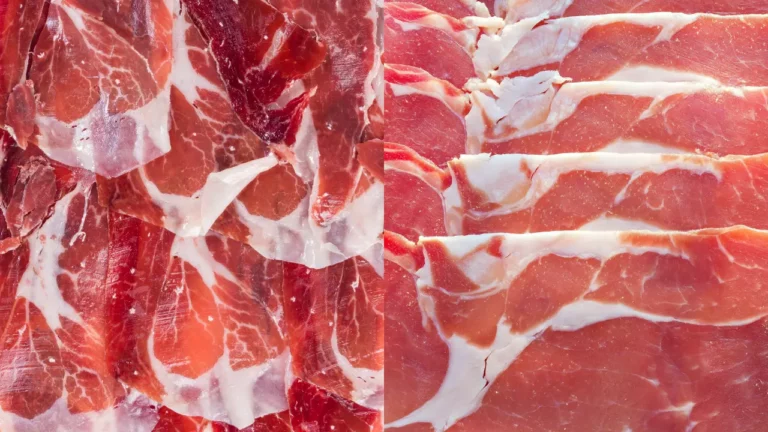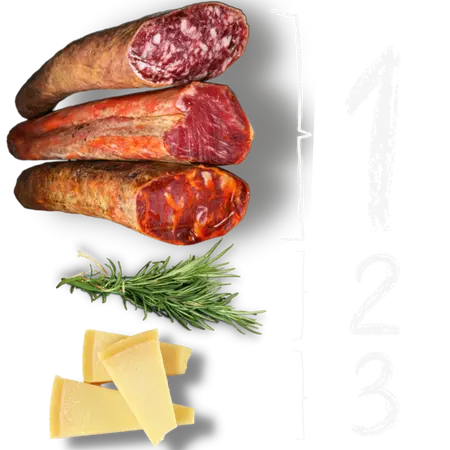Have you ever wondered what goes into making Chorizo? The Spanish sausage that is popular in so many different dishes and cuisines, known for its robust flavors and unique texture? It’s more than just pork and spices – there are secrets that make it the deliciously flavorful sausage we all know and love. Find out what you’ve been missing as we unlock the secrets of how Chorizo is made!
Table of Contents
Introduction
Chorizo is a type of sausage that is popular both in Spain and Latin America. It is usually made from pork meat, but can also be made with other meats like beef or chicken. The flavor and texture of Chorizo vary greatly depending on the region where it is produced. For instance, Spanish Chorizo uses smoked paprika while Mexican Chorizo is spicier due to the addition of chiles. Additionally, the production methods used to make Chorizo also differ between regions, resulting in a unique taste for each variant of this popular sausage. In this article, we will explore how Chorizo is made and its various regional variations. We will also discuss the health and nutritional benefits associated with consuming it.
The making of Chorizo involves several steps, beginning with the selection of the ingredients. The ingredients used for Spanish Chorizo typically include pork, smoked paprika, garlic, salt and other spices depending on the region. On the other hand, Mexican Chorizo often calls for beef or chicken as its main ingredient along with chiles, cumin, oregano and other spices. After all the necessary ingredients have been gathered, they are then ground together in a mixer before being stuffed into casings.
The process of stuffing the sausages can be done either manually or using a machine. Manual stuffing involves using a funnel to fill the casings with the mixture while machine stuffing utilizes a press to more effectively stuff the casings with the desired amount of filling. Once stuffed, the sausages are then hung up in a refrigerator to cool down before they are ready for consumption.
The type of Chorizo produced also depends on what region it is made in. As mentioned above, Spanish chorizos use smoked paprika while Mexican chorizos use different spices like chiles and cumin. Furthermore, Spanish Chorizo is air-dried and smoked while Mexican Chorizo is just cooked over medium heat until it’s done. Depending on which country the recipe was developed in, there may be slight differences in ingredients used or preparation methods followed in order to create their own unique version of Chorizo.
Aside from its delectable taste, consuming Chorizo also offers plenty of health benefits as well due to its high content of Vitamins B6 and B12 as well as protein and healthy fats. Studies have revealed that regularly eating Chorizo can
Overview of Chorizo
Chorizo is a popular Spanish sausage that has its roots in the Iberian Peninsula. This flavorful sausage is traditionally made using a combination of beef, pork, or both, along with various spices to give it its unique flavor. Depending on the region, the type of meat used and the addition of spices may vary – making each chorizo unique to its region. This savory sausage has been enjoyed for centuries and can now be found in many countries around the world.
When it comes to production methods, some producers prefer to mince or grind the meats before combining them with other ingredients like vinegar and sugar (if applicable). After being mixed together thoroughly in a large bowl, these ingredients must then be put through either a hand-cranked or electric sausage grinder to obtain the desired texture and flavor. The meat mixture is then stuffed into natural casings and tied off so it can be cured in an airtight environment. During this time, air must be removed from the casings regularly to prevent spoilage and make sure chorizo maintains its desired shape during curing.
Once it has been sufficiently cured, chorizo is ready to be consumed! It can be eaten as a snack or appetizer on its own, added onto sandwiches or tacos, or even used as an ingredient in various dishes such as paella or even hash. Some producers even opt for traditional smokehouses which helps create its signature smoky flavor – but this isn’t necessary for standard chorizo production.
Regardless of where it’s made or how it’s produced, chorizo remains a popular Spanish sausage with a long history of being enjoyed by people around the globe. Its distinct yet versatile flavor makes it one of the most sought-after sausages worldwide – a testament to its quality and timelessness!
Ingredients
The base of Chorizo is pork, which is typically coarsely ground or chopped to give it a crumbly consistency. This pork needs to be cured with salt and/or sugar in order to preserve it and enhance its flavor. The spices that give the sausage its signature flavor are paprika, garlic, herbs, and sometimes red wine. Paprika is an essential ingredient that gives the sausage its smoky and slightly spicy flavor; the amount of paprika used will vary depending on the recipe. Salt and sugar are also used to season the sausage, creating a salty-sweet balance. Other ingredients such as garlic, herbs, and red wine are used to add additional flavor elements to the chorizo. These extra ingredients can result in slight variations in taste, depending on the region where it is produced. To ensure consistent flavor, some producers use pre-made spice blends that contain a combination of these various spices and herbs in one mixture.
In conclusion, Chorizo is made with a combination of pork, paprika, salt, sugar, garlic, herbs, and sometimes red wine. Although the exact ingredients may vary from region to region, they all work together to create Chorizo’s delicious flavor that has been enjoyed around the world for centuries!
Production Methods
Cutting, grinding, and blending are the primary stages of making chorizo. Once all of the ingredients have been prepared, the pork is cut into small cubes, then ground to a paste-like consistency. This paste is then mixed with spices and seasonings, such as paprika, garlic, oregano, and chili pepper (depending on the region). Afterward, this mixture is stuffed into natural pork casings which allows the flavors to marry during cooking.
The specific ingredients and techniques used to make chorizo vary from region to region. For instance, some recipes involve mixing in smoked paprika while others involve adding different types of herbs or additional spices like cumin or coriander seeds. Additionally, some regions may use wine or cider vinegar for added flavor.
An important aspect of the production methods used for chorizo is the use of natural casings instead of artificial ones; this helps to ensure that excess fat and grease can escape during cooking. Additionally, natural casings give the sausage its characteristic texture and help hold the sausage together while being cooked.
The cooking process can also influence the final flavor of the chorizo; it can be cooked over an open flame or in an oven. In some regions, the sausage is smoked using oak or hickory wood chips which gives it a unique smoky flavor. Finally, some recipes call for an additional curing process which helps to enhance the flavor and extend its shelf life.
In conclusion, chorizo is made through a multi-step process that involves cutting, grinding, blending, stuffing into natural casings, and then cooking. Every region has their own recipe for making chorizo which typically includes pork as well as a variety of spices and herbs; wine or cider vinegar may also be added for additional flavor.
Regional Variations
Regional variations of Chorizo can vary greatly in terms of ingredients, production methods, and flavors. Some of the most popular regional variations of Chorizo include Spanish Chorizo, Mexican Chorizo, Argentine Chorizo, Chilean Chorizo and Portuguese Chorizo. Depending on the region, the main ingredients used to make Chorizo can include either beef, pork or a combination of both. Regional variations also differ in terms of the types of spices and herbs used.
Spanish Chorizo is one of the most popular variants and is typically made from coarsely chopped pork fat and lean pork along with smoked paprika, garlic, white wine and oregano. It is often served as an appetizer or a tapa in bars and restaurants across Spain. Mexican Chorizo is usually made with beef or a combination of beef and pork and is distinguished by its bright red color and zesty flavor. Traditionally, it is prepared using ground chilies, vinegar, cumin, garlic, oregano and cinnamon creating a deliciously spicy dish that is commonly served with breakfast dishes like huevos rancheros or tacos.
Argentinean Chorizos are similar to Spanish chorizos but are usually spicier due to the addition of chili pepper. Chilean chorizos are usually made with beef rather than pork and they tend to be spicier than other varieties due to the use of chili peppers in the recipe. Finally, Portuguese chorizos are distinct from other chorizos due to their milder flavor profile as well as the use of coriander seed instead of paprika for seasoning.
Overall, the variations in chorizo recipes reflect a rich cultural heritage that has been passed down through generations across many regions around the world. Each region has its own unique take on this classic sausage dish that results in a variety of flavors that can be enjoyed by everyone.
Health and Nutritional Benefits
Chorizo is a processed meat product that is high in fat and sodium, so it should be consumed in moderation. However, when consumed in moderation and as part of a balanced diet, it can provide several health benefits. For starters, Chorizo is rich in minerals and vitamins such as vitamin A, thiamin, niacin, riboflavin, and selenium. It is also a good source of protein, providing around 10g per serving. Additionally, Chorizo contains healthy fats such as monounsaturated fats which are known to help reduce cholesterol levels.
Despite being high in fat and sodium, Chorizo is still considered an acceptable choice for those who wish to maintain a healthy lifestyle. For example, the fat content is not significantly higher than other types of pork products such as bacon or sausages. Furthermore, the sodium content is comparable to other processed meats; therefore, moderating your consumption of this product will not have a major impact on your overall health.
Finally, there have been studies suggesting that the consumption of chorizo could help reduce cholesterol levels and improve cardiovascular health. This could be attributed to the presence of healthy fats in the sausage, as well as its high content of Omega-3 fatty acids. Although further research needs to be conducted in this regard, it seems that consuming moderate amounts of Chorizo may potentially have beneficial effects on one’s overall health if consumed as part of a balanced diet.
In conclusion, Chorizo is an incredibly popular and flavorful Spanish sausage with a long history that has made it beloved around the world. The production process involves curing the meat with spices and other ingredients before stuffing it into casings for preservation. It comes in different forms depending on the region where it is made and provides many nutritional benefits for those who consume it in moderation. Therefore, it can be seen as an acceptable choice for those seeking to keep up a healthy lifestyle.
Conclusion
In conclusion, Chorizo is an incredibly popular and tasty sausage that can be enjoyed all over the world. Its production process requires careful consideration of ingredients, methods, and regional variations in order to achieve the desired flavor and texture. The main components of chorizo are pork or beef, garlic, salt, black pepper, paprika and other spices. Depending on the region where the chorizo is being produced, other ingredients such as cayenne Pepper may also be added to give it more heat and spice. Production of chorizo begins by selecting high quality cuts of meat which are then finely chopped. The meat pieces are then mixed together with all the spices and seasonings that make up the signature flavor profile of chorizo. Once mixed, the mixture is cured for a few weeks in order for the flavors to fully develop before being packed into casings and smoked.
The final result is a flavorful sausage with a great variety of health benefits. It is low in fat and high in protein, vitamins and minerals, making it a nutritious addition to any meal. Additionally, the smoky flavor of chorizo adds depth and complexity to dishes, making them even more delicious. With its unique flavor profile, versatility in cooking, and nutritional value, it’s no wonder why chorizo has become so popular all over the world.
Chorizo is a popular Spanish sausage with a variety of uses and methods for making it. From its traditional ingredients to its regional variations, Chorizo is a versatile and tasty product that can also provide nutritional benefits for its consumers. Whether you’re looking for something to spice up a meal or a source of protein and vitamins, Chorizo is a smart choice. Not only does it offer a unique flavor, but it also helps you stay full and healthy.



